

Views: 0 Author: Site Editor Publish Time: 2025-08-22 Origin: Site









Pomelo is a citrus fruit native to Asia and Malaysia. The fruit has been cultivated in China for an extended period, possibly for thousands of years. In fact, it is the largest citrus fruit! It has a 'sweet & sour' flavor' and a similar taste to grapefruit. They have been described as 'sweet oranges' but less juicy.

Ways to Eat:
Peel and eat; Marmalade; Fruit salad; Chocolate Candied; Juiced; Marinaded for meat or fish…
Names in other Languages:
Malay: Limau Besar, Limau Betawi, Limau Serdadu, Limau Bali
Indonesian: Jeruk Bali
Thai: Som-O
Filipino (Tagalog): Suha or Lukban
Vietnamese: Bưởi
Myanmar: Sai-seh (elephant grapefruit)
Chinese: Youzi (柚子), also known as yòuzi
Hindi: Chakotra ; Telugu: Pampara Panasa
Japanese: Buntan or Zabun or Zabon
Sanskrit: Karuna
Tamil: Bambilimaas
Bengali: Batabilebu, jambura or batabi lebu
Korean: 포멜로
Nutrition Values:
Pomelos are nutrient-rich citrus fruits with several health benefits. They are a good source of vitamin C, fiber, and antioxidants like naringenin and naringin. Pomelos are relatively low in calories and can contribute to weight management. They also contain potassium, which can help maintain healthy blood pressure.
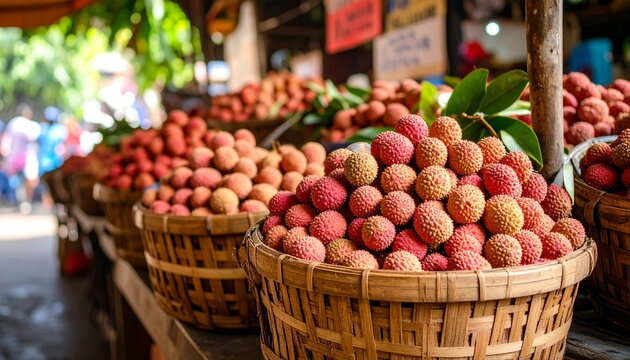
Lychee is a tropical fruit native to Southeast Asia, particularly southern China. It has a sweet, slightly acidic taste with floral undertones, often described as a combination of grape, strawberry, citrus, and pineapple flavors. The texture is similar to a firm grape, with a juicy and slightly chewy pulp surrounding a central seed.
Ways to Eat:
Peel and Eat; Sorbet; Salad Dressing; Smoothie; Martini; Juiced; Ice-creamed.
Names in other Languages:
Chinese: 荔枝 (lìzhī in Mandarin, lai6 zi1 in Cantonese)
Vietnamese: vải, lệ chi
Thai: ลิ้นจี่ (linchi)
Japanese: ライチー (raichii), ライチ (raichi), レイシ (reishi)
Korean: 여지 (yeoji)
Hindustani (Hindi/Urdu): लीची (līcī)
Malay: laici
Tagalog (Philippines): litsiyas, alupag
Taiwanese: 荔枝 (nāi-chi)
Malagasy: Lidisy
Nutrition Values:
Lychee is a nutrient-rich fruit packed with vitamins, minerals, and antioxidants, offering various health benefits. It's a good source of vitamin C, potassium, and fiber, and contains beneficial plant compounds like epicatechin and rutin. Lychee can support heart health, boost immunity, and potentially aid in managing blood sugar levels.

Rambutan is a tropical fruit native to Southeast Asia, particularly the Malaysian-Indonesian region. It has a sweet, slightly acidic flavor, often described as a mix between a grape and a lychee, with a creamy, juicy, and slightly firm texture.
Ways to Eat:
Fresh and Raw; Savory Dishes; Juiced; Sorbet; Marinated Sauce; Smoothie.
Names in other languages:
Malay: Rambutan
Vietnamese: Chôm Chôm (meaning "messy hair")
Chinese: 红毛丹 (hóngmáodān) meaning "red-haired pellet"
Thai: Ngoh
Filipino/Tagalog: Rambutan
Indonesian: Rambutan
Nutrition Values:
Rambutan is a nutritious fruit with a good source of vitamin C, fiber, and other essential nutrients and antioxidants. It can contribute to improved immunity, digestion, and overall health. The fruit also contains minerals like copper and manganese, which play roles in various bodily functions.

Mangosteen, often called the "queen of fruits," is native to Southeast Asia, particularly the Malay Archipelago and Indonesia. Its taste is a unique blend of sweet and tangy, often compared to a mix of peach, pineapple, and citrus. The texture is soft and juicy, similar to a ripe peach.
Ways to Eat:
Freeze Dried Snack; Iced Tea; Sorbet; Peel and Eat; Thai Salad.
Names in other languages:
Vietnamese: măng cụt, sơn trúc tử, giáng châu
Malay: Manggis
Thai: มังคุด (Mang-khud or mang kút)
Filipino: Manggostan or mangis
Burmese: mingut
Indonesian: Manggis
Dutch (as used in the region): manggis or manggistan
Lao: mangkhut
Chinese: 山竹 (shān zhú)
Hindi: Mangustaan (मैंगोस्टीन)
Telugu: Ivarumamidi
Malayalam: Kaattampi
Marathi: Kokam
Kannada: Hannu
Bengali: Kao
Japanese: マンゴスチン
Korean: 망고 스틴
Nutrition Values:
Mangosteen is a nutritious tropical fruit packed with vitamins, minerals, and antioxidants. It's low in calories, rich in fiber, and contains vitamin C, B vitamins, potassium, and other essential nutrients. Mangosteen also boasts unique xanthones, powerful antioxidants linked to various health benefits like anti-inflammatory and anticancer effects.

Longan fruit is native to Southeast Asia, particularly Southern China, and is also cultivated in other regions like Thailand, Vietnam, and the Philippines. The fruit is known for its sweet, juicy flesh with a slightly musky, floral, or grape-like flavor, often likened to a milder version of lychee.
Ways to Eat:
Fresh Eating; Dried for Tea; Smoothie; Cocktail; Sorbet.
Names in other Languages:
English: Longan, Dragon's Eye, Dragon's Eyeball, Lungan
Chinese (Mandarin): lóngyǎn (龍眼 / 龙眼)
Vietnamese: long nhãn, often shortened to nhãn
Thai: lamyai (ลำไย)
Malay and Indonesian: lengkeng or kelengkeng
Myanmar: kyet mouk
Cambodian: mien
Laos: lam nhai, nam nhai
Nutrition Values:
Longan fruit is a nutritious and beneficial food, packed with vitamins, minerals, and antioxidants. It's a good source of vitamin C, B vitamins, and minerals like potassium, magnesium, and iron. Longan also contains antioxidants, like gallic acid, corilagin, and ellagic acid, which can help protect against cell damage and various diseases.
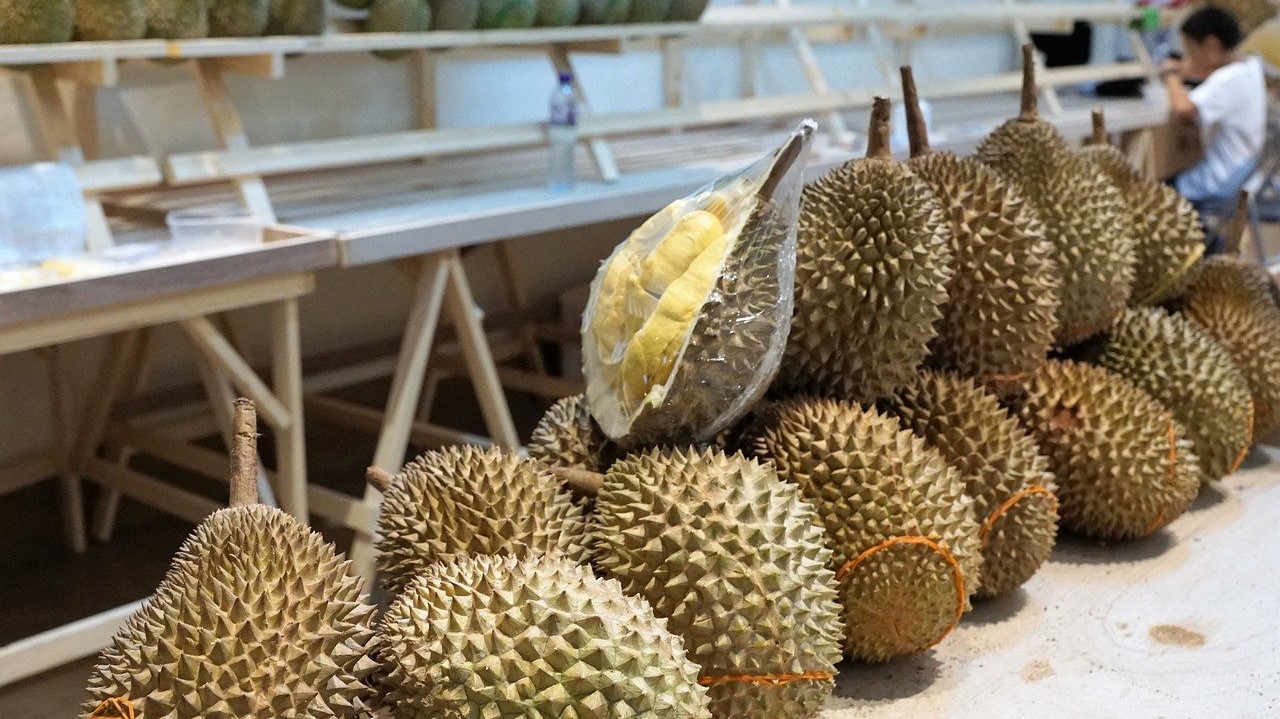
Durian, often called the "king of fruits," is native to Southeast Asia, with origins in Malaysia and Indonesia. Its taste is a complex combination of sweet, savory, and sometimes even bitter notes, with a texture often described as creamy and custard-like.
Ways to Eat:
Fresh and raw; incorporating it into desserts like smoothies, ice cream, and cakes, or even using it in savory dishes like pizza, curry, or as a sauce for chicken.
Names in other Languages:
Malaysia & Indonesia: durian (the word itself comes from the Malay word for thorn, "duri")
Thailand: thurian, or tu-rien (Monthong/ Musang King(มูซังคิง))
Vietnam: sầu riêng
Cambodia: thu-réén
Laos: thourièn
Myanmar (Burma): du-yin
Philippines: dulian (Sulu dialect)
Mandarin Chinese: liúlián (榴莲)
Japanese: ドリアン (dorian)
Korean: 두리안 (durian)
Nutrition Values:
Durian is a highly nutritious fruit, packed with vitamins, minerals, fiber, and beneficial plant compounds. It offers a range of potential health benefits, including antioxidant and anti-inflammatory properties, and can contribute to bone health, blood pressure regulation, and improved sleep.

The wild ancestor of the jackfruit is still unknown, but it's thought to have been domesticated independently in both South and Southeast Asia. Ripe yellow jackfruit has a subtly sweet flavor, often described as a combination of banana, apple, and mango. Young green jackfruit, on the other hand, has a neutral flavor and texture similar to shredded meat, making it a popular meat substitute in savory dishes.
Ways to Eat:
Jackfruit Curry; Smoothie; Sorbet; BBQ Jackfruit; Candied.
Names in other Languages:
Filipino/Tagalog: Langka
Indonesian: Nangka
Malay: Nangka
Thai: Ka-noon (ขนุน)
Vietnamese: Mít
Korean: 잭프루트 (jaekpeuru-teu)
Japanese: ジャックフルーツ (jakkufurūtsu), 波羅蜜 (haramitsu) or パラミツ (paramitsu)
Khmer (Cambodian): Khnaor
Javanese: Nongko
Dusunic languages (North Borneo): Nangka (big), Pulutan (small)
Melanau (Sarawak): Buwak padok (smaller), Buwak nakak (bigger)
Hindi: Kathal, Katahal
Bengali: Kanthal, Echore
Malayalam: Chakka
Tamil: Palaa, Pala-pazham
Telugu: Panasa / Marathi: Phanasa / Kannada: Halasu / Gujarati: Phanas / Konkani: Poṇas
Odia: Panasa Katha (raw), Pachila Panasa (ripe)
Nutrition Values:
Jackfruit is a nutrient-rich fruit with several health benefits. It's a good source of vitamins C and A, potassium, and fiber, and it also contains some protein and other minerals. Consuming jackfruit may help support the immune system, improve heart health, and potentially aid in blood sugar control.

Wax apples, also known as rose apples or Java apples, are native to Southeast Asia, specifically Malaysia, Indonesia, and the Philippines. They have a crisp, juicy texture and a mildly sweet, slightly tart flavor, often described as tasting like a cross between a pear and a watermelon. Some varieties may also have a subtle rose-like aroma.
Ways to Eat:
Simple Snack; Fruit Bowls; Rojak; Stewed; James; Stuffed.
Names in other Languages:
Indonesia and Malaysia: Jambu air
Philippines: Makopa or Tambis
Thailand: Chomphu (ชมพู่)
Taiwan: Lien-woo (蓮霧)
Japanese: オオフトモモ, レンブ, シィシィギウム ジャウァニクム
Korean: 자바사과 (javasagwa) or 물사과 (mulsagwa)
Vietnam: Trái mận or Quả Roi
Myanmar: Hnin-thee (နှင်းသီး)
India: Jambu, it's also known as Rose Apple
Bangla: golap-jaam (গোলাপজাম) / Odia: golapajamu (ଗୋଲାପଜାମୁ), both meaning "rose jaamun"
Karnataka: Pannerale (ಪನ್ನೇರಳೆ)
Maldives: Jambu
Assam: Bogi Jamuk (বগী জামুক)
The fruit is also commonly known as Water Apple, Rose Apple, and Wax Jambu in English, reflecting its texture and appearance.
Nutrition Values:
They are rich in vitamin C, which boosts immunity and supports healthy skin. They also provide dietary fiber, promoting digestion and potentially aiding in blood sugar and cholesterol management. Additionally, wax apples contain calcium and potassium, important for bone health, muscle function, and nerve function.
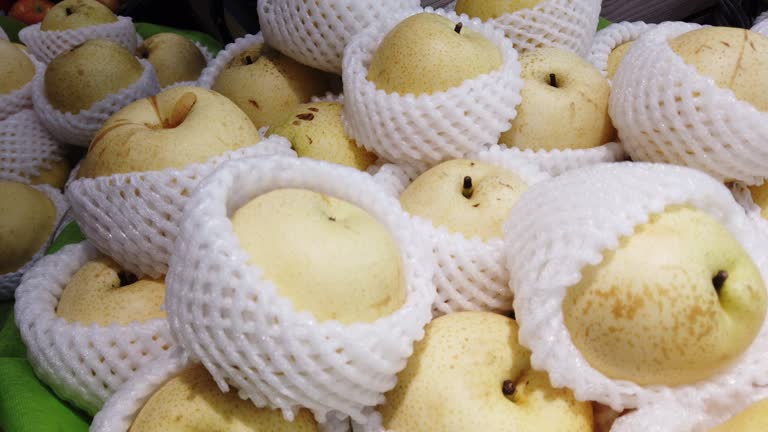
Asian pears, also known as nashi pears, originated in East Asia, specifically China and Japan, where they have been cultivated for over 3,000 years. They are characterized by their crisp, apple-like texture and juicy, sweet flavor, often with subtle hints of other fruits like pineapple.
Ways to Eat:
Freeze Dried; Marinated Sauce; Baked; Fresh and Sliced; Juiced; Sorbet; Stewed; Dehydrated and Tea.
Names in other Languages:
Japanese: Nashi (梨)
Korean: Bae (배)
Chinese: Sha Li (沙梨) or Bai Li (白梨) or Ya Li (鸭梨)
Vietnamese: Trái lê (literally "pear fruit") or quả lê
Thai: Sali (สาลี่)
Malay: Pir
Filipino: Peras, locally known as Sagada pears.
Indonesian: Pir
Nepali: Naspati (नस्पाती)
Nutrition Values:
Asian pears are a nutritious fruit, rich in fiber, vitamin C, and potassium, offering several health benefits. They are a good source of antioxidants and may help with digestion, heart health, and blood sugar regulation.
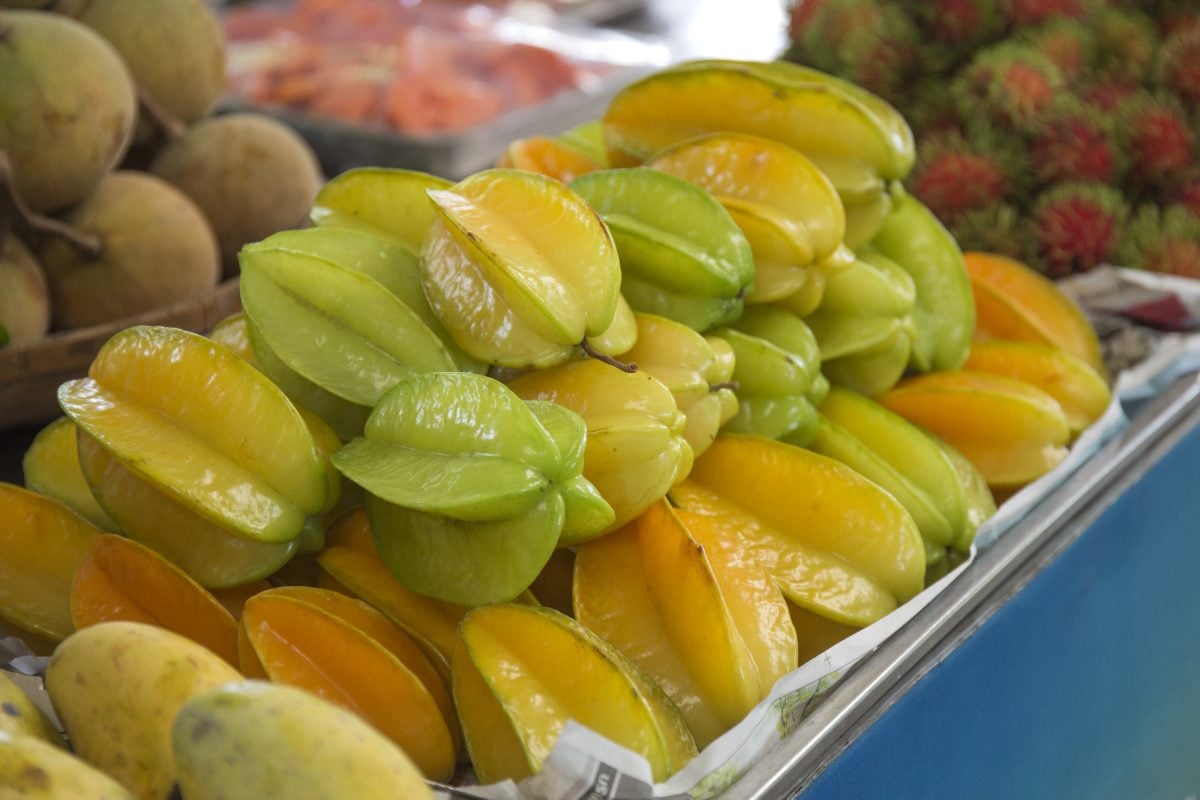
Star fruit, also known as Carambola, is native to Southeast Asia, where it has been cultivated for centuries. It is particularly popular in countries like India, Malaysia, Indonesia, and the Philippines. It offers a balanced sweet-tart flavor with notes often described as a mix of pear, green grape, and orange, sometimes with hints of plum, pineapple, apple, or lemon.
Ways to Eat:
Fresh and Sliced; An Edible Garnish; Salad; Smoothie; Sorbet; Pickled; Jam or Jelly.
Names in other Languages:
Japanese: スターフルーツ (Sutāfurūtsu)
Korean: 스타푸르트 (Seutapeureuteu)
Mandarin Chinese: 楊桃 (Yángtáo)
Vietnamese: Khế
Filipino/Tagalog: Balimbing
Indonesian: Belimbing
Malay: Belimbing
Thai: มะเฟือง (Ma-fueng)
Hindi: Kamrakh
Marathi: Carmbala
Kannada: Kaparakhi hannu / Malayalam: Vajrappuli Sanskrit: Kamaranga / Bengali: Kamranga
Nutrition Values:
Star fruit is a low-calorie fruit packed with nutrients, including fiber, vitamin C, and various antioxidants. It also contains essential minerals like potassium and magnesium. These components contribute to several health benefits, including improved digestion, potential cholesterol reduction, and enhanced immune function.

Dragon fruit, also known as pitaya or pitahaya, is a captivating tropical fruit with a unique appearance and a delicate flavor. It's also known as "strawberry pear" and "night blooming cereus". Native to Mexico and Central and South America, It was introduced to Southeast Asia by the French around the 19th century and is now cultivated in various countries worldwide.
Ways to Eat:
Scoop or Sliced the Flesh; Frozen Treats; Smoothie; Garnish Salad.
Names in other Languages:
Vietnamese: Thanh Long
Chinese: Huǒlóngguǒ (火龙果)
Malay/Indonesian: Buah Naga
Thai: แก้วมังกร (kaeo mangkon)
Japanese: Pitaya (ピタヤ) or Dragon Fruit (ドラゴンフルーツ)
Korean: Yong-gwa (용과, 龍果)
French: Pitaya, fruit du dragon, cierge-lézard
German: Drachenfrucht, Distelbirne
Greek: Φρούτο του δράκου (fruto tu draku)
Portuguese: Pitaia, cato-barse, cardo-ananaz, rainha da noite
Finnish: Pitaija, lohikäärmehedelmä
Italian: Pitahaya, Frutto del Drago
Bengali: ড্রাগন ফল (dragon fal) / Lithuanian: Kertuotis / Myanmar: နဂါးမောက်သီး
Nutrition Values:
Dragon fruit is a low-calorie fruit with a good amount of fiber, antioxidants, and vitamins. It offers a variety of health benefits due to its nutrient profile, including potential antioxidant, prebiotic, and immune-boosting properties.

Guavas are believed to be native to Central America, Southern Mexico, and the Amazon Basin. They are now cultivated in many tropical and subtropical regions worldwide. The taste of guava is generally described as a sweet and slightly tart flavor, often with tropical notes like pear, banana, or strawberry, and a subtle floral aroma.
Ways to Eat:
Eat them raw, slice them and add a squeeze of lime, incorporate them into fruit salads, blend them into smoothies, or even make them into jams, jellies, or glazes for meats.
Names in other Languages:
Indonesia/Malaysia: Jambu (or Jambu Batu/Jambu Biji)
Philippines: Bayabas (also Guyabas, Goyabas depending on dialect)
Thailand: Farang (ฝรั่ง) (This term also refers to foreigners, likely because guavas were introduced to Thailand by Europeans)
Vietnam: Ổi
China: Mandarin: 番石榴 (fānshíliú)
Taiwan: 芭樂 (bālè)
Cantonese: 鸡屎果
India: Hindi: अमरूद् (Amrood)
Marathi: Peru / Bengali: Peyara / Gujarati: Jamrukh / Malayalam: Perakka / Telugu: Jamapandu / Kannada: Sibe hannu
Japan: グアバ (Guaba)
Korea: 구아바 (Guaba)
Nutrition Values:
Guava is a nutrient-rich fruit, packed with vitamins, fiber, and antioxidants, offering various health benefits. It's particularly high in Vitamin C, exceeding even oranges, and also provides a good source of fiber, which supports healthy digestion. Guavas contain antioxidants like lycopene and flavonoids, potentially reducing the risk of chronic diseases.
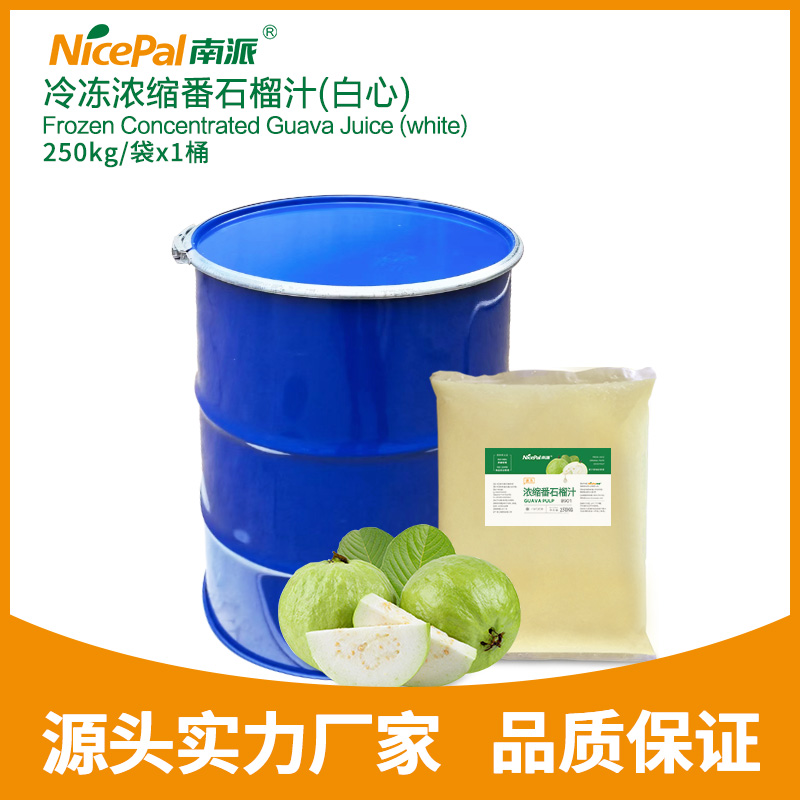
Click for Product
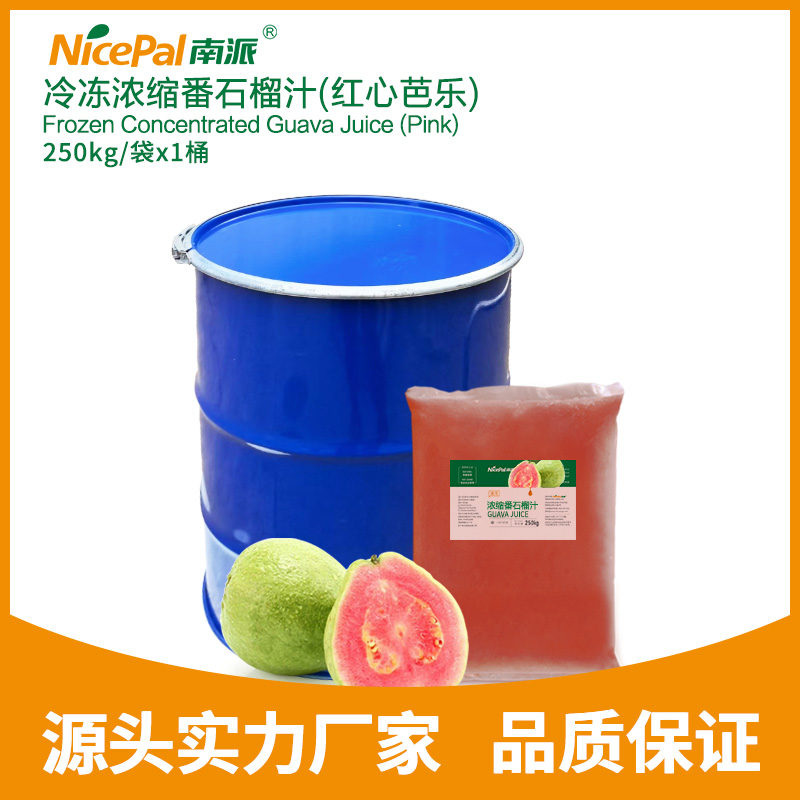
Click for Product

Papayas are believed to have originated in southern Mexico and Central America. They are now cultivated worldwide, with Hawaii being a major producer. Ripe papayas have a sweet, musky, and slightly peppery taste, with a buttery texture, while unripe green papayas are more neutral and slightly sour.
Ways to Eat:
Papaya boats, smoothies, salads, salsas, and even use it in savory dishes like curries or stir-fries. Thai Unripe Papaya Salad(Green Papaya).
Names in other Languages:
English: Papaya, Pawpaw, Melon tree.
Malay: Betik, Ketalah, or Papaya.
Korean: 파파야 (papaya)
Japanese: パパイヤ (Papaiya).
Thai: มะละกอ (Malako), Loko, Ma Kuai Thet, Khaek Dam, Khaek Nuan, Pluk Mai Lai, KU Gold, and Sai-Nampueng.
Vietnamese: Đu Đủ (Du Du).
Filipino: Papaya, Kapaya, Lapaya. Also known as Kapayas in Bisaya.
Indonesian: Papaya, Gedang (Sundanese), Kates (Javanese). Also known as Pepaya.
Burmese: Thimbaw.
Khmer (Cambodian): Lhong, Doeum Lahong, Bok L'hong.
Lao: Houng, Tam Mak Hoong.
Hindi: Papita (पपीता). Bengali: Pepe (পেঁপে). Tamil: Pappali (பப்பாளி). Telugu: Boppayi Pandu (బొప్పాయి పండు).
Kannada: Parangi Hannu (ಪರಂಗಿ ಹಣ್ಣು). Malayalam: Omakka (ഒമക്ക). Also Kappalanga and Pappaya.
Nutrition Values:
Papaya is a nutrient-rich fruit with high levels of vitamins A and C, fiber, and antioxidants like lycopene. It offers various health benefits, including improved digestion, boosted immunity, and potential protection against chronic diseases like heart disease and cancer.



Yang He Jackie Xu
yhe@nicepal.com.cn ahxu@nicepal.com.cn
+1 (805)-666-5447 +86-13707584512
CA, US. PST +86-898-66736820
Daisy Xu Tina Chen
Jxu@nicepal.com.cn xnchen@nicepal.com.cn
+86-13719230270 +86-13698997644
+86-898-66736780 +86-898-65871198
Eric Zhou Fengying Pan
zjzhou@nicepal.com.cn fypan@nicepal.com.cn
+86-18290517360 +86-13976655597
+86-898-66736820 +86-898-66736820